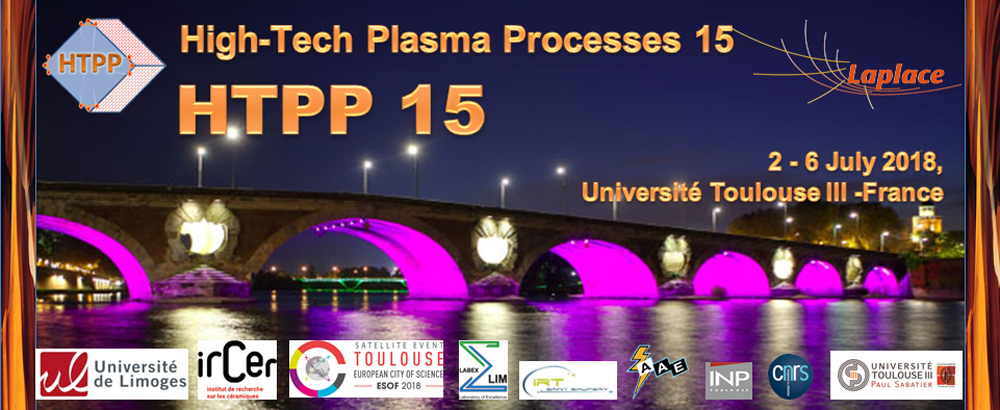Plasma spray - physical vapor deposition (PS-PVD) is a low pressure plasma spray technology recently developed by Oerlikon Metco AG (Switzerland) to deposit coatings out of the vapor phase. PS-PVD is developed on the basis of the well established low pressure plasma spraying (LPPS) technology. In comparison to conventional vacuum plasma spraying (VPS) and low pressure plasma spraying (LPPS), these new process use a high energy plasma gun operated at a work pressure below 2 mbar. This leads to unconventional plasma jet characteristics which can be used to obtain specific and unique coatings. An important feature of PS-PVD is the possibility to deposit a coating not only by melting the feed stock material which builds up a layer from liquid splats but also by vaporizing the injected material. Therefore, the PS-PVD process fills the gap between the conventional physical vapor deposition (PVD) technologies and standard thermal spray processes. The possibility to vaporize feedstock material and to produce layers out of the vapor phase results in new and unique coating microstructures. In contrast to EB-PVD, PS-PVD incorporates the vaporized coating material into a supersonic plasma plume. Due to the forced gas stream of the plasma jet, complex shaped parts like multi-airfoil turbine vanes can be coated with columnar thermal barrier coatings using PS-PVD. Even shadowed areas and areas which are not in the line of sight to the coating source can be coated homogeneously.
This presentation reports on the progress made by Oerlikon Metco to develop a thermal spray process to produce coatings out of the vapor phase. Columnar thermal barrier coatings made of Yttria stabilized Zircona (YSZ) are optimized to serve in a turbine engine. This includes coating properties like strain tolerance and erosion resistance but also the coverage of multiple air foils. Also newly discussed chemistries with higher resistance to CMAS attack or improved sintering resistance were applied in a columnar structure and the PS-PVD technology turns out to be adaptable to a large range of chemical compositions of the feedstock.
Multiple measures on improving the economic aspects and process stability were conducted and implemented in an industrial enviroment. Numerical simulations were used to develop spray nozzles and injector port designs to industrialize the process and improve process performance and robustness. Secondly the application of the coating on turbine components was demonstrated and optimized to coat multiple components simultaneously increasing the productivity.

 PDF version
PDF version
